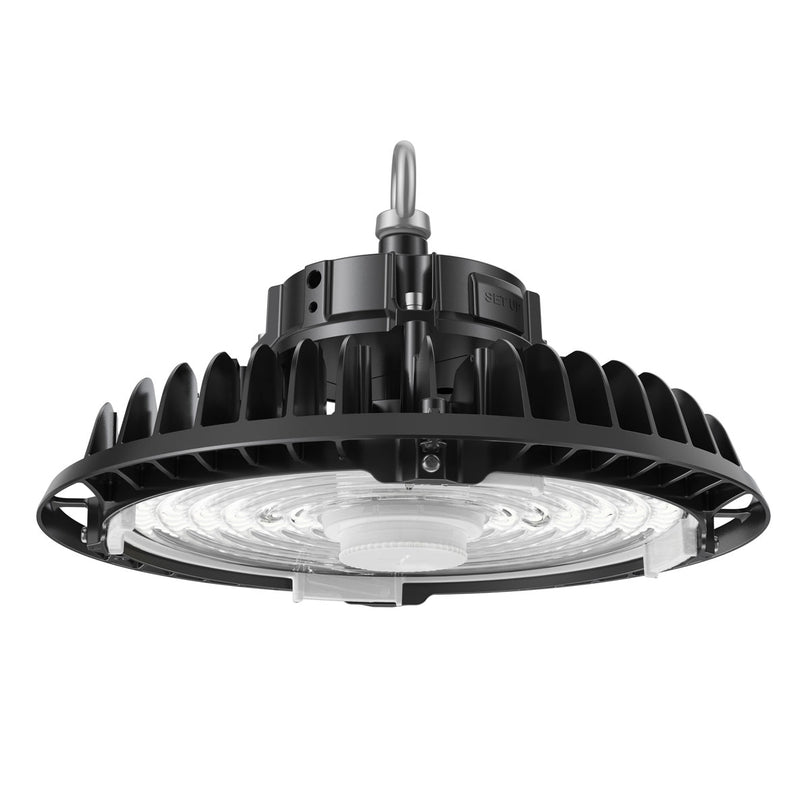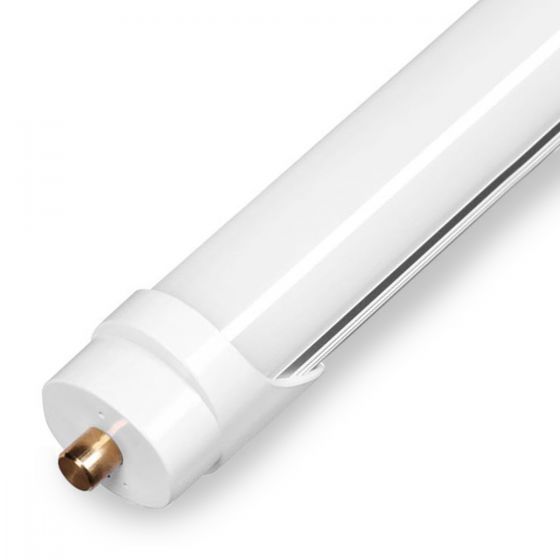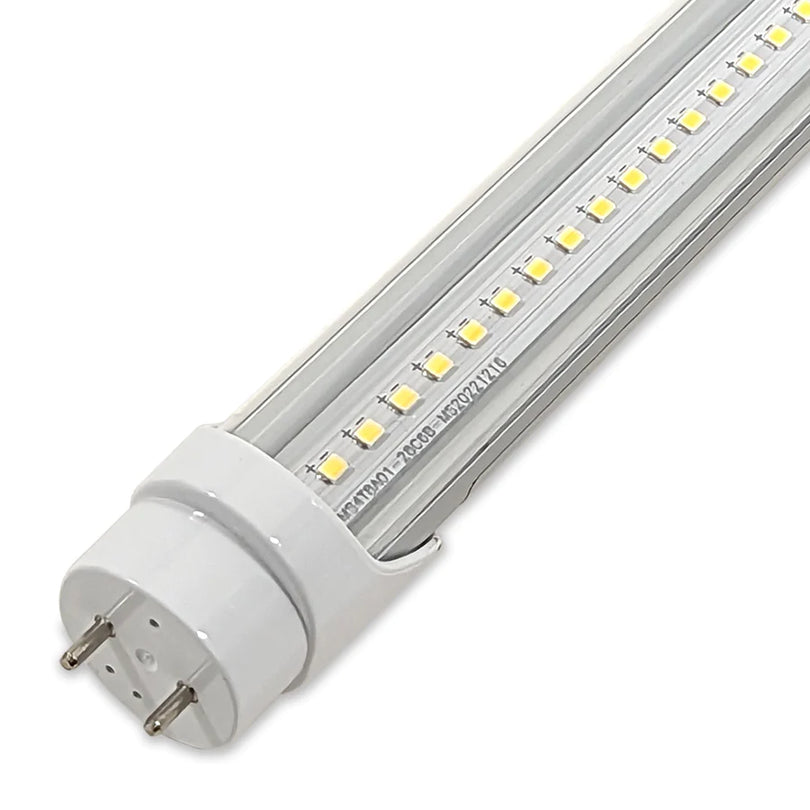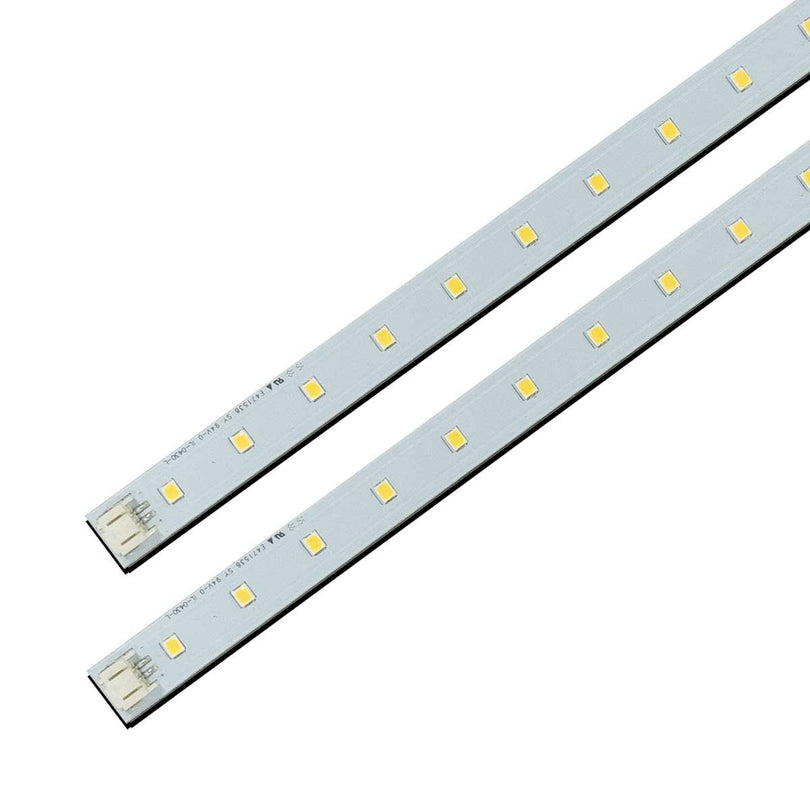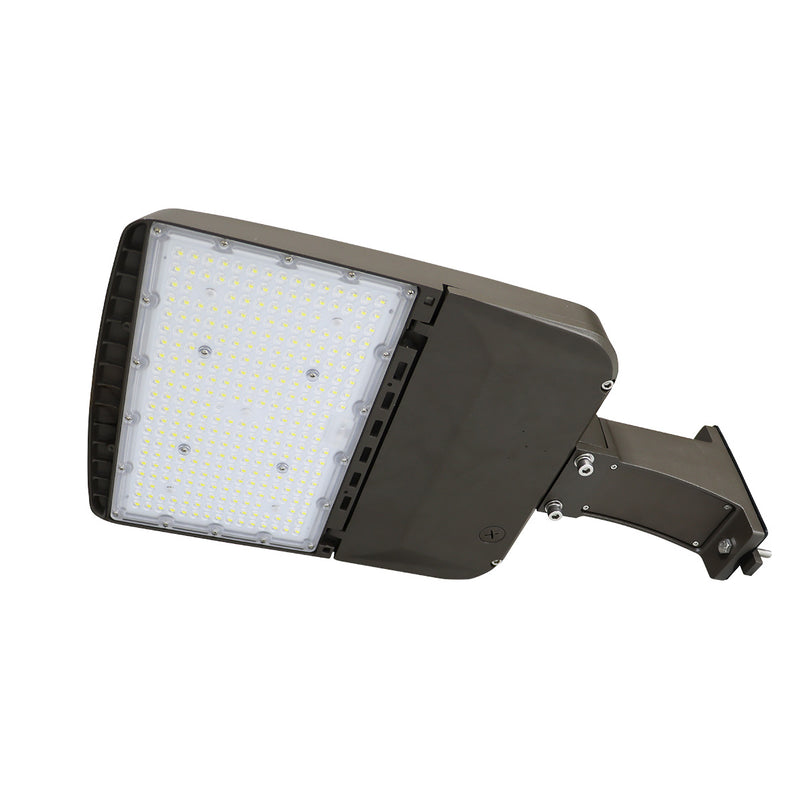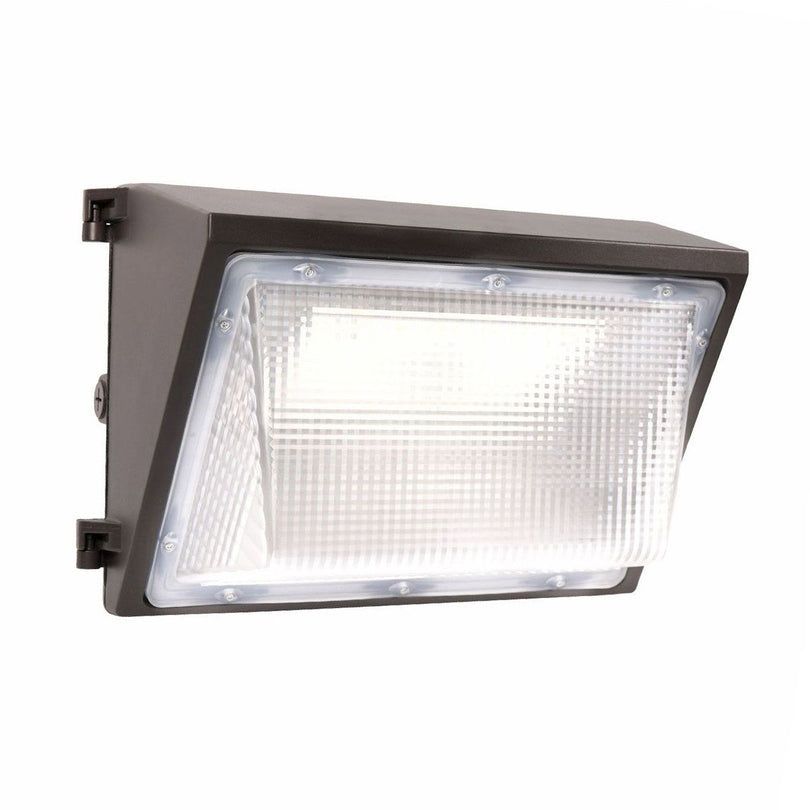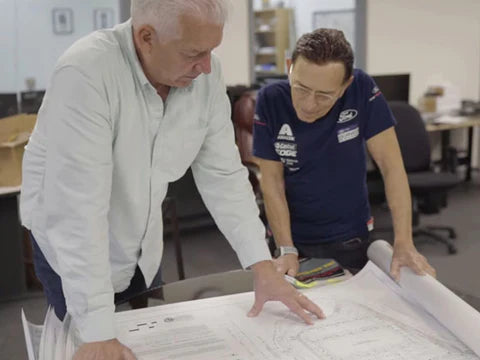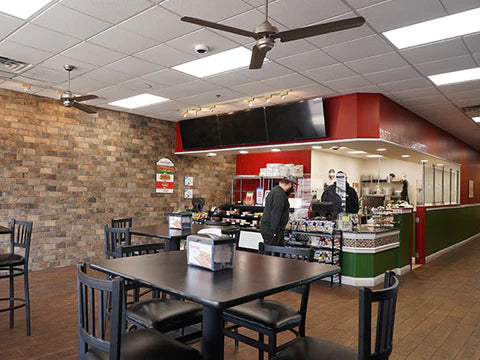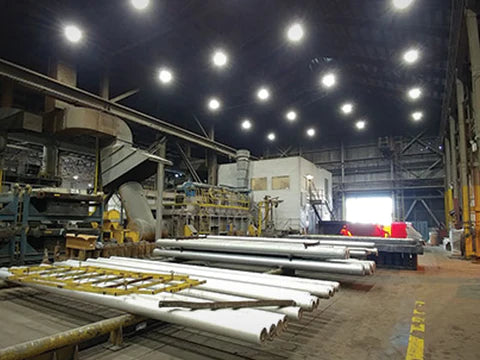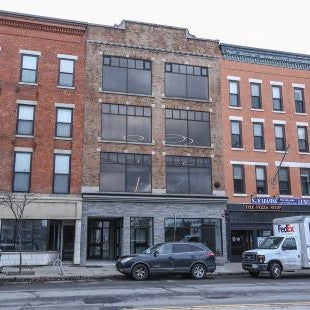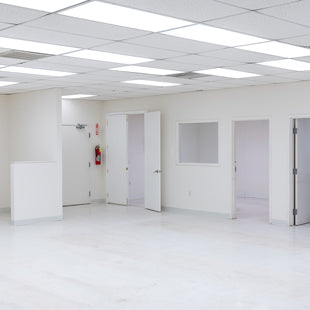An LED upgrade can be a major investment, but as we'll show, the investment has an attractive return—in utility savings, worker productivity, public image, and more. It's also an easy investment: once the new lights are in place, there's nothing more to do but sit back and enjoy your lower bills and better-lit workplace.
1. Rein in Utility Bills
Lighting is a necessary expense for any business—employee productivity increases with proper lighting, products pop, safety risks are minimized, and your facility appears clean and bright to staff and visitors alike. And for almost any business, lighting is an around-the-clock expense, even outside of business hours, due to the need for safety and security. But how much of your lighting expense is really necessary? By trading outdated lighting technologies for LED, you can reduce your monthly lighting bill by 30-80%, depending on the lighting you currently have installed. The upfront investment in the lighting upgrade can often be offset by utility and government energy rebates, and financing can allow you to spread the cost of the upgrade over time—paying for it, in fact, with the savings in your monthly utility budget.
2. Reduce Maintenance Costs
Halogen bulbs burn out after around 1,000 hours. Incandescents might make it to 2,000. Fluorescent tubes and compact fluorescent lights burn out after 7,000 to 15,000 hours—less if they experience a lot of quick on/off cycling (such as when used in closets and other areas where lights are flipped on for a short time). Metal halide lamps last 6,000 to 15,000 hours—but expect to experience arc failure from overheating as they near the end of their lifespan.
LED lights, on the other hand, can last 30,000 to 130,000 hours, depending on the lamp, with minimal degradation on brightness over that period. This means that you'll be replacing dead lamps significantly less frequently than with any other technology.
For instance, you'd replace a halogen bulb 30 times while an LED bulb is still running bright. You'd replace an incandescent light 15 times over an LED bulb's lifespan. You'd replace a fluorescent or metal halide light three to four times while your LED light would still be going strong.
3. Put Your Best Foot Forward, All the Time
Every time a bulb burns out—or starts to dim or flicker—it's not just another task for your maintenance staff to add to their list; it affects your the appearance of your store, restaurant, offices, warehouses and other facilities, giving the impression that you aren't on top of the "little things." It can also increase eyestrain and make work more difficult for your employees. And it present safety and security hazards—litigation resulting from that can increase your insurance premiums. With the reliability of LED, instances of failing lights are greatly reduced, giving you one less thing to worry about in the running of your company.
4. Increase Productivity
In addition to reducing the headaches and eyestrain that come from working under poor and failing lighting, LED technology provides excellent quality of light: crisp, bright, and able to come close to emulating natural daylight. This in turn leads to better cognitive performance and alertness. It also improves mood and morale, especially in the long, dark winter months.
5. Improve your Public Image
As customers and business partners become more sensitive to environmental issues, taking steps to reduce your business's environmental impact is good PR—and can well be a deciding factor in whether someone chooses to take their business to you or to a competitor. LED lights not only put less strain on our energy resources and reduce carbon emission, they contain no mercury and are therefore less of a danger to the air and water supply than other energy-efficient alternatives, such as CFLs.
Can You Afford to Upgrade?
The reasons to upgrade sound great, but what about the cost? Investing in an LED lighting upgrade has a great ROI and pays itself back quickly—then keeps on paying back in continuing lower utility bills and maintenance costs. To actually do the upgrade, though, can be an investment, but there are several ways to mitigate the pain:
1. Utility and government rebates. If you select DLC-qualified lighting, you may be eligible for rebates from your utility company or or tax incentives from the government. This can take a big chunk out of the upfront cost of upgrading to LED. The U.S. Small Business Association has information on federal tax credits for energy efficiency, but you can get utility rebate estimates right on our website. Simply find a rebate-eligible light you're interested in, then use the on-page rebate finder to get your estimate. If you're not sure how to use the rebate finder, we have instructions with screen captures on our See in Seconds What Lighting Rebates Are Available to Your Company page.
2. Using your savings to pay for your upgrade. ELEDLights.com offers an LED lighting financing solution that allows you to make payments with money you already had in your budget: the savings on your utility bill you receive once you switch to LED. Contact sales@eledlights.com or 215.355.7200 to learn more about financing.
3. Upgrade in quantity for big savings. ELEDLights offers quantity discount pricing on most of our products: just click the "Request Bulk Quote" link on any light's page. We can also provide discounts for using your own shipping account or for paying by check or money order instead of credit card. Contact us at 215-355-7200 or lights@eledlights.com if you'd like to take advantage of either of those discounts.
4. Retrofit to replace just bulbs, not the fixtures. If your fixtures are in good condition, keep them. There are many products on the market, such as the troffer upgrade kits mentioned above, that will allow you to use LED bulbs with your existing fluorescent, halogen, and HID fixtures. Metal halide LED replacement bulbs (including LED corn lights) are a great, cost-effective option for replacing low-efficiency bulbs with long-life, high-efficiency bulbs in your existing high bay, low bay, wall pack, flood light, and parking lot fixtures with little to no wiring work required.
The real question is: How long can you afford not to upgrade your business to LED lighting? Every day, your lights are running your utility bills up, they're burning out and needing replacement, they're flickering and dimming and interfering with worker productivity and your company's public image. The sooner you have your lights installed, the sooner you can start enjoying the benefits.

 215.355.7200
215.355.7200